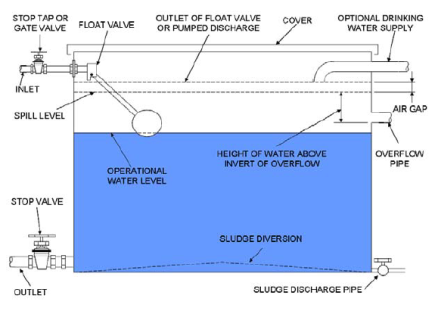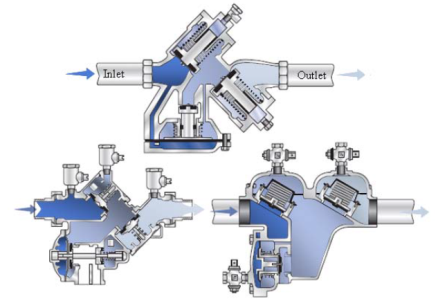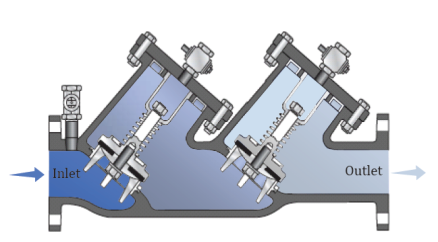Installation of a backflow prevention device
Find out how to choose, install and register a backflow prevention device suitable for your risk rating.
There are 3 types of backflow protection installation methods:
- Containment protection: Device installed at the property boundary, just downstream of the meter assembly serving the property, including all fire services located at the boundary.
- Zone protection: Device isolates an area or building within the property.
- Individual protection: Device installed at point of potential contamination within the property.
We require containment protection on our water or fire services to protect the community’s water supply.
The installation of a containment backflow prevention device does not eliminate the need for zone and individual backflow prevention devices that may be required under plumbing standards. We do not manage zone or individual backflow protection.
- A licensed plumbing contractor must install, commission and repair all backflow prevention devices.
- An accredited backflow tester can test testable backflow prevention devices.
- If the property has multiple water services, you'll need suitable backflow prevention at the connection point for each service.
- Devices are to be adequately supported.
- Containment devices shall be located as close as practicable to the point of connection and downstream of any water meter. There shall be no branch connection between the meter and device.
- Backflow prevention devices must be accessible for maintenance and testing and must not be buried.
- Vented testable backflow prevention devices shall not be located in cabinets without drainage or in pits.
Devices for fire services
Fire services need to be fitted with medium rated backflow prevention. This can be either a registered break tank/air gap or a double check valve with the ability to incorporate a detector assembly if required.
Reduction of water pressure and flow rate
Some forms of backflow prevention will reduce water pressure and flow rate downstream of the device. If water pressure and flow rate is critical for the activities on your property, you need to consult with a licensed plumbing contractor or hydraulics consultant before choosing and installing a backflow prevention device.
Choosing a backflow device
The following 3 devices are most common:

A break tank is an approved air gap that disconnects the incoming water supply from the downstream water system. It has an air gap on the water inlet to the tank and an overflow that is below the level of the air gap.
A registered break tank means the device is recorded in a backflow prevention management system and is suitable for use in high risk situations. Registered break tanks must be tested at commissioning, after any maintenance and every 12 months by an an accredited backflow tester, qualified to test the devices.

Reduced pressure zone devices have two independently acting non‐return valves. Flow through the device will only occur when there is sufficient pressure to overcome the valve springs. A relief valve is located between the non‐return valves and opens to atmosphere under conditions of backflow.

Double check valves have 2 independently operated spring loaded, non‐return valves in series. Flow through the device will only occur when there is sufficient pressure to overcome the valve springs.
How to register a backflow device
All boundary containment backflow prevention devices installed at the property boundary have to be registered. This information must be provided to us by a backflow accredited licensed plumbing contractor.